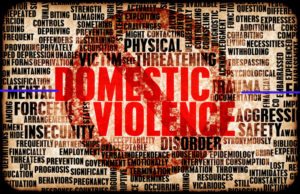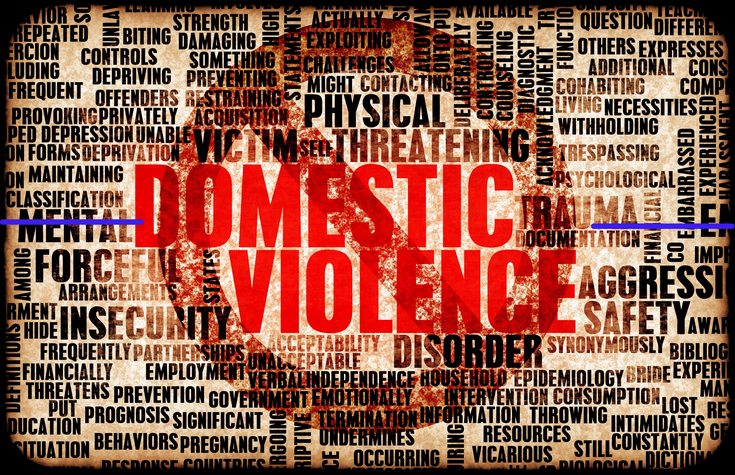
According to the National Coalition Against Domestic Violence, almost 20 Americans per minute suffer from some type of physical abuse dished out by an intimate partner. During the course of one year, the staggering rate of domestic violence snares more than 10 million men and women. Nearly 33% of women and 25% of men suffer from at least one domestic violence incident during their lifetimes.
In most domestic violence cases, the abusive incidents never come out because of the fear of more physical abuse. Julie Cudihee represents one of the million silent sufferers of domestic violence. “I had no where to turn for help,” said Cudihee. “It all came down to a she said, he said deal, and she usually loses in the long run.”
The good news for Cudihee and the nearly 10 million annual sufferers of domestic violence is the legal system has dramatically changed to encourage opening up about domestic physical abuse.
The Change in Law Enforcement Attitudes
Law enforcement officials typically represent the first line of defense in domestic violence cases. The approach law enforcement uses to deal with domestic violence has undergone dramatic change since the 1980s, when police avoided dealing with cases that involved physical abuse meted out by one partner on the other partner. Much of the change in law enforcement perceptions has come from increased awareness of the once silent crime. Police departments throughout the United States have implemented training programs for law enforcement personnel not only to stop domestic violence, but also to understand the signs of physical abuse. The “delay and hope the incident ends” strategy no longer comprises part of the law enforcement domestic violence prevention handbook.
Stopping Domestic Violence
The United States legal system offers several methods for a court to issue some type of restraining order on an abusive partner. What type of restraining order issued depends on the unique facts of a domestic violence case, as well as the legal jurisdiction where a domestic violence case occurs.
Restraining Order
Restraining orders represent the blueprint for stopping domestic violence. The legally mandated orders prohibit certain actions that place a domestic violence victim in harm’s way.
Protection Order
Every state has the legal capability to issue protection orders. A protection order typically prohibits any contact between the alleged domestic abuser and the victim. Some protection orders eliminate the reasons for contact, but sill leave an opening for contact. Most protection orders include a clause that sets a distance restriction between the accused domestic abuser and the victim. A growing number of states include firearm restrictions that someone accused of domestic violence must follow.
Emergency Protection Order
Judges and law enforcement personnel have the legal right to issue emergency protection orders. The short-term emergency protection order is placed on a domestic abuser who has been arrested for domestic violence. Short term emergency protection allows a victim to file for long-term relief from domestic abuse. The short term protection orders also give victims time to find alternative shelter, whether the shelter is a licensed facility to handle domestic violence cases or simply a friend’s home.
Domestic violence victims have several options for seeking help, from calling 911 to staying at a shelter dedicated for domestic violence protection. The short-term solutions for domestic violence victims only place a band aid on a problem that requires layers of protective wrap. By working with a licensed family law attorney that specializes in domestic violence cases, you begin the long journey towards living a violence free life. Do not wait for the next domestic violence incident to strike. Contact an experienced and accomplished family law attorney today.
